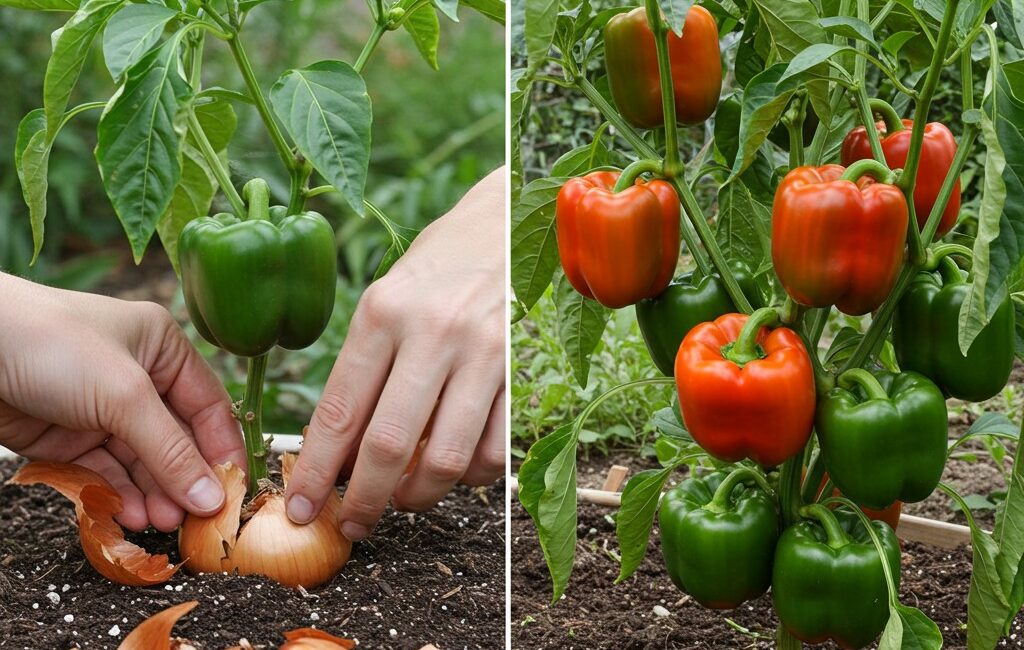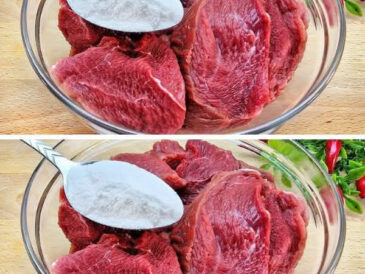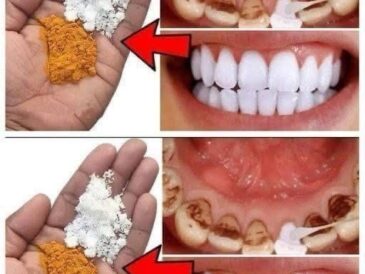Tomatoes and peppers are two of the most beloved and widely cultivated vegetables in home gardens and commercial agriculture alike. Their vibrant colors, distinct flavors, and nutritional benefits make them staples in kitchens around the world. Cultivating these crops from seedlings to mature plants requires not only proper environmental conditions but also a carefully balanced nutrient regimen that promotes healthy growth, disease resistance, and high yields.
In this detailed guide, we delve into the essentials of fertilizing tomato and pepper seedlings, focusing on creating the ultimate nutrient-rich fertilizer that supports vigorous root development, lush foliage, and prolific fruiting. Whether you’re an avid home gardener, a commercial grower, or a beginner seeking expert advice, this article will provide the knowledge and practical tips needed for successful cultivation.
Understanding the Nutritional Needs of Tomato and Pepper Seedlings
The Growth Stages and Their Nutritional Requirements
Tomato and pepper plants undergo distinct growth stages, each with specific nutrient demands:
- Seedling Stage: The initial stage after germination, characterized by root and shoot development. Young plants need a gentle yet nutrient-rich environment to avoid stress and encourage healthy root systems.
- Vegetative Stage: Rapid leaf and stem growth occurs, requiring nitrogen for protein synthesis and chlorophyll formation.
- Flowering and Fruiting Stage: Plants shift focus to fruit production, increasing the demand for phosphorus and potassium to support flowering, fruit set, and ripening.
Early fertilization is crucial to set the foundation for these stages by strengthening seedlings during their most vulnerable phase.
Essential Nutrients for Seedling Development
The three primary macronutrients critical for tomato and pepper seedlings are:
- Nitrogen (N): Promotes lush green leaves and vigorous vegetative growth.
- Phosphorus (P): Supports root development and energy transfer.
- Potassium (K): Enhances disease resistance, fruit quality, and water regulation.
Secondary nutrients such as calcium, magnesium, and sulfur, plus trace micronutrients like iron, manganese, zinc, copper, and boron, also play vital roles in balanced growth.
Choosing the Right Fertilizer: Why Natural Nutrients Matter
Avoiding Harsh Chemicals in Seedling Fertilization
Young tomato and pepper seedlings have delicate roots that can be easily damaged by overly strong or synthetic fertilizers. Harsh chemical fertilizers may cause “fertilizer burn,” leading to root damage, stunted growth, and even seedling death.
Traditional manures such as chicken manure are highly potent and often too strong for seedlings, while cow or horse manure may not be adequately decomposed or balanced for young plants.
Benefits of Natural, Balanced Fertilizers
Opting for organic or natural fertilizers offers multiple advantages:
- Gentle on Roots: Slow nutrient release minimizes the risk of root burn.
- Soil Health: Improves soil microbial activity and structure.
- Sustainable: Reduces environmental impact and chemical residues.
- Long-Lasting Nutrient Supply: Supports consistent seedling growth.
Crafting the Ultimate Nutrient-Rich Fertilizer Mix for Seedlings
Core Ingredients for Seedling Fertilizer
A high-performing seedling fertilizer blend includes:
- Composted Organic Matter: Well-aged compost provides balanced nutrients, improves soil aeration, and fosters beneficial microorganisms.
- Bone Meal: Rich in phosphorus, bone meal encourages strong root growth.
- Kelp Meal or Liquid Seaweed Extract: Supplies micronutrients and natural growth stimulants that enhance root and shoot vigor.
- Epsom Salt (Magnesium Sulfate): Magnesium is critical for chlorophyll synthesis and photosynthesis.
- Fish Emulsion: Provides nitrogen and trace elements in a bioavailable form.
- Worm Castings: Extremely nutrient-dense, worm castings promote healthy microbial activity and soil structure.
Sample Fertilizer Recipe for Tomato and Pepper Seedlings
| Ingredient | Amount | Purpose |
|---|---|---|
| Composted organic matter | 2 parts | Base nutrient supply and soil conditioner |
| Bone meal | 1/4 part | Phosphorus source for root development |
| Kelp meal | 1/4 part | Micronutrient and natural growth stimulant |
| Epsom salt | 1 tablespoon per gallon of mix | Magnesium source |
| Fish emulsion | Diluted according to package instructions | Nitrogen and micronutrients |
| Worm castings | 1 part | Microbial enhancer and nutrient supplement |
Preparation and Application Instructions
- Thoroughly mix the dry ingredients to ensure even distribution.
- Dilute the fish emulsion as per label recommendations.
- Apply the fertilizer as a soil amendment before planting seedlings or as a gentle liquid feed during early growth stages.
- Avoid over-fertilization, especially nitrogen, to prevent leggy, weak seedlings.
Enhancing Seedling Growth: Additional Best Practices
Click page 2 for more




